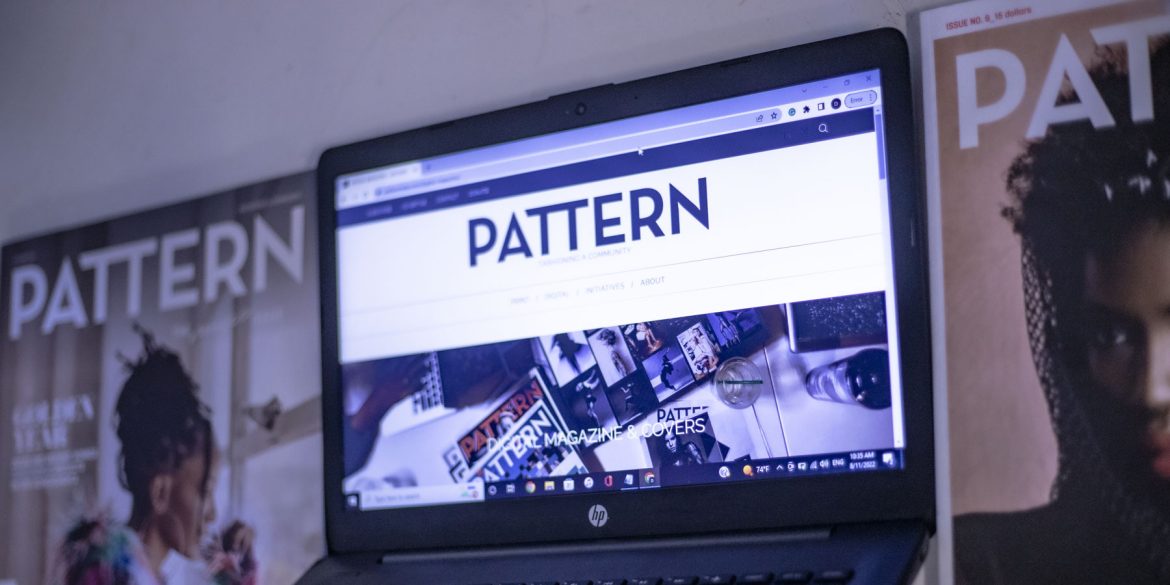Welcome to the 21st century; where we welcome a new form of media communication. Our world is surrounded by technology. As the digital world continues to enhance, many people are starting to leave traditional media outlets. The fast click on a website can grant readers access to new stories, interviews, photos, videos, and much more. Print media can be an array of different things like newspapers, billboard ads, books, magazines, posters, and even promotional products. Everyone is used to the quick fix social media gives with the never-ending posts. The new buzz from popular online publications leaves little room for print mediums to thrive. As an intern at PATTERN magazine, I recently rediscovered my love for print media and its relevance to entertainment. I decided to break down three reasons why print media is still applicable in a paperless society.
1. Tangibility
I think print media is still important because it’s more tangible. There’s no better feeling than physically holding a copy of the print in your hands. Print work not only uses your sense of touch and sight but also uses your other senses like smell, sound, and maybe taste (if you’re a page licker). Opening a brand new book, for example, usually has a nice woody smell. As the chemicals from the ink begin to settle in the book, the smell becomes less potent as the paper ages.
2. Nostalgia
We all love to reminisce on the past. I love going to bookstores and looking through old music magazines from the early 00s. It’s fascinating to see the transition of media entertainment over time. Print media continues to upgrade and having physical copies of these changes is even more exciting. One of the most prominent changes in print magazines is the graphics. If you look back at prints from previous decades, like TIME or Rolling Stone, the cover page is mainly paintings of famous figures with more simplified text. Now, magazines incorporate real-life photos with a more eye-catching headline.
The subject matter of magazines is another big change. Before social media emerged, the role models of the past consisted of mainly political figures and popular movie actors. Now, publications have expanded their focus to other creative public figures like musicians, movie actors, social media personalities, and much more. Magazine covers continue to target their audience as new trends arrive. I love the feeling of placing myself in a different decade through prints. Even prints that are still being published today can be great keepsakes for our future generation to look back on in the next century.
3. Engagement
As an intern at a magazine, I understand just how much detail goes into making a print magazine. The colors, textures, fonts, and patterns of the magazine pop out in a different way than anything digital. The internet is constantly spilling information and stories. Society has gotten used to the “quick news.” Print magazines, books, or newspapers give readers more engagement. There is so much more to look at when you have physical print material in front of you. Neil Thurman gave data to the Press Gazette showing readers spend an average of forty minutes reading the print newspapers, while online visitors of the same newspapers only spent thirty seconds skimming through the text.
Digital media is a fun, fast, and creative communication medium that provides viewers with easy access to a plethora of things. I enjoy being able to hop online and get updates on all of my favorite things. One of the biggest advantages of digital media is connection. I like the effortless ability to connect with photographers, graphic designers, journalists, and more. Having digital media has allowed me to make connections and score amazing opportunities within my desired career field. Having publications online is beneficial, but I don’t think that we should steer away from print publications altogether. It’s convenient to just pull out your smartphone and have quick access to publications, but there are always questions consumers must ask. How credible is this information I’m reading? How long ago was this story published? When was this source last updated? It’s also important to recognize that print is what started it all, and I believe it should remain in the conversation of media. No matter how fast technology gets, there’s still room for the primeval bookshelves and rusty magazine racks.




